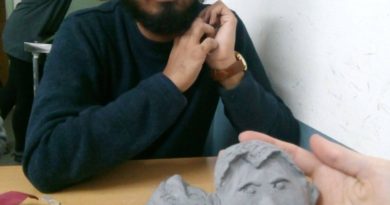When does the Manneken Pis ever stop peeing? – 9 secrets of Brussels’ tiny tinkler
Have you ever wondered whether the Manneken Pis takes a break from urinating when the city is asleep and there are no tourists around? Or does he wee-wee 24-7 all year round?
You may have read and heard many stories about Brussels’ teeny-weeny but world-renowned bronze statue, but there’s more to the Manneken Pis than meets the eye and the ear. So brace yourself for some of the juiciest and best-kept secrets of Brussels’ beloved peeing boy.
1. Before he became a superstar, the Manneken Pis was just an ordinary fountain
The Manneken Pis started his career as a simple fountain in the 15th century. The oldest document mentioning its existence dates back to 1451. At the time, city officials were installing public fountains in Brussels to provide the growing population with drinking water. The figure of a urinating child was also a popular theme in European art.
“This fountain became a big and important part of people’s daily life. It became a hotspot for the community, a place where they can gather and socialize. They saw this small boy and because he’s so cute and he’s peeing, it quickly became their boy. They could see themselves in this child, it’s easy to project oneself on it. And it started this history of love between the statue and the people of Brussels,” says Gonzague Pluvinage, Brussels’ chief historian on the Manneken Pis and the curator of the statue’s costume collection.
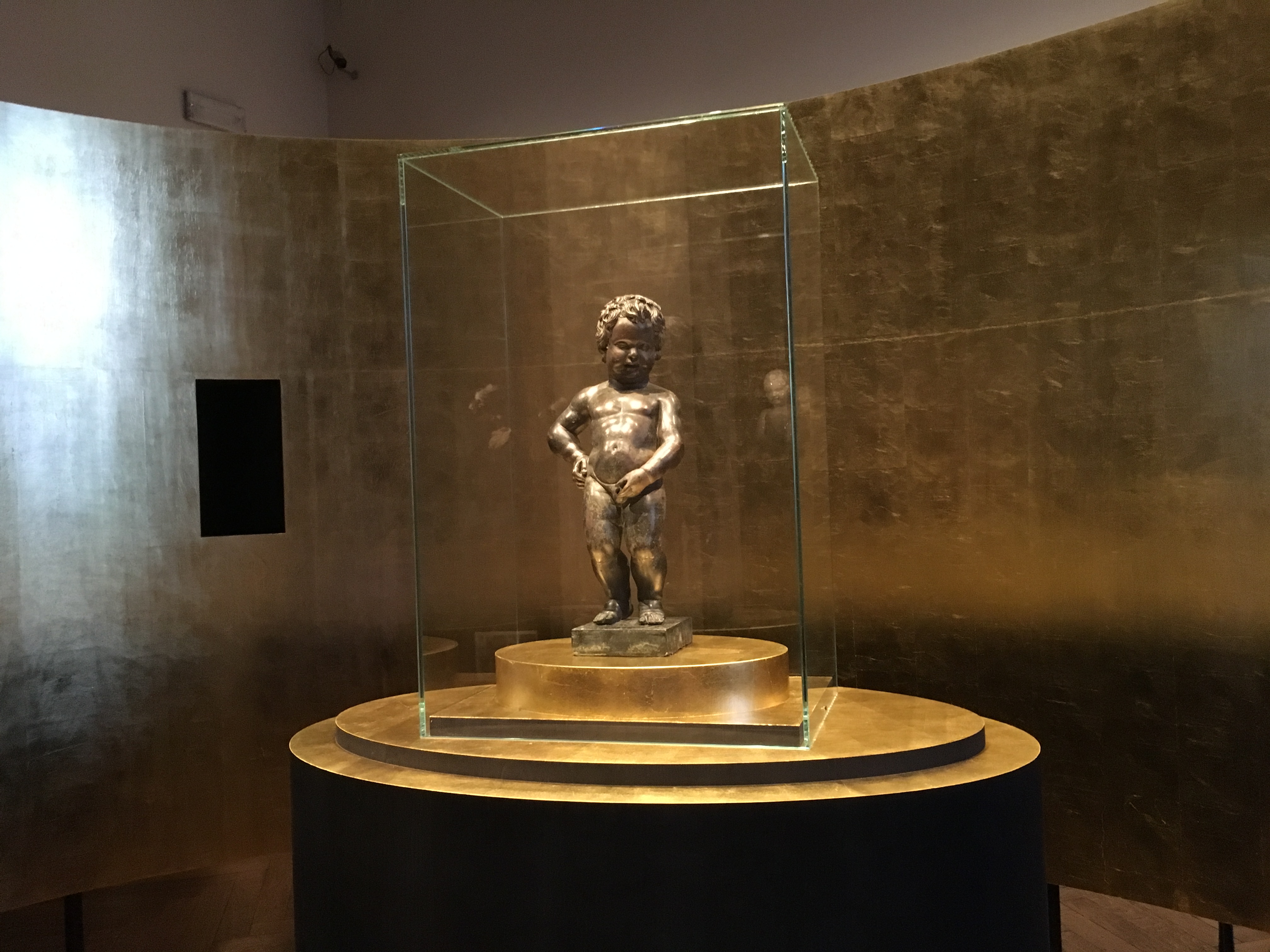
2. He’s not a child, he’s a little cupid
Because of the fountain’s growing fame, city authorities asked sculptor Jérôme Duquesnoy to create a remodelled bronze version of the peeing statue in 1619. He interpreted it as a cupid, and the people of the time recognized it as such since cupids were a common subject of artistic works during that period.
The public statue located at the intersection of Rue de l’Étuve and Rue de Chêne is just an imitation of Duquesnoy’s masterpiece. The original work is kept in the Brussels City Museum. Since the 18th century, the 55-centimeter sculpture had been stolen at least six or seven times. After the last theft in 1965, the original statue was finally moved to the museum and a replica was placed on the streets.
3. The Manneken Pis can explain why the Belgians don’t like the French very much
By the 18th century, the Manneken Pis had achieved full stardom in Brussels. It had evolved into a major symbol and representative of the city’s population. So you can just imagine how shocked and scandalized the Brusseleirs felt when a bunch of merry-making French soldiers kidnapped the statue and paraded him around town one day in 1747.
This happened when Brussels was under French occupation during the War of the Austrian Succession. Back then, Brussels was part of Austria’s Habsburg Empire. And French King Louis XV, like most European leaders of the time, was eager to grab the territories belonging to the Austrian monarchy.
It was perhaps during a moment of intense drunkenness that French soldiers stationed in Brussels decided to mess around with the Manneken Pis and make fun of the city’s devotion to it. To apologize for this great sacrilege and to appease the city’s hurting population, the French king offered a nobleman’s costume to the statue. It is the oldest preserved costume of the Manneken Pis.

4. Every French soldier is technically required to salute the Manneken Pis
To further make up for the unruly behavior of his soldiers, King Louis XV also decorated the Manneken Pis with the prestigious Order of Saint Louis in 1747. This honor is granted only to generals and notable officers of the French military. The gesture essentially made a French general out of the Manneken Pis which means that French soldiers must salute the peeing statue they once mocked.
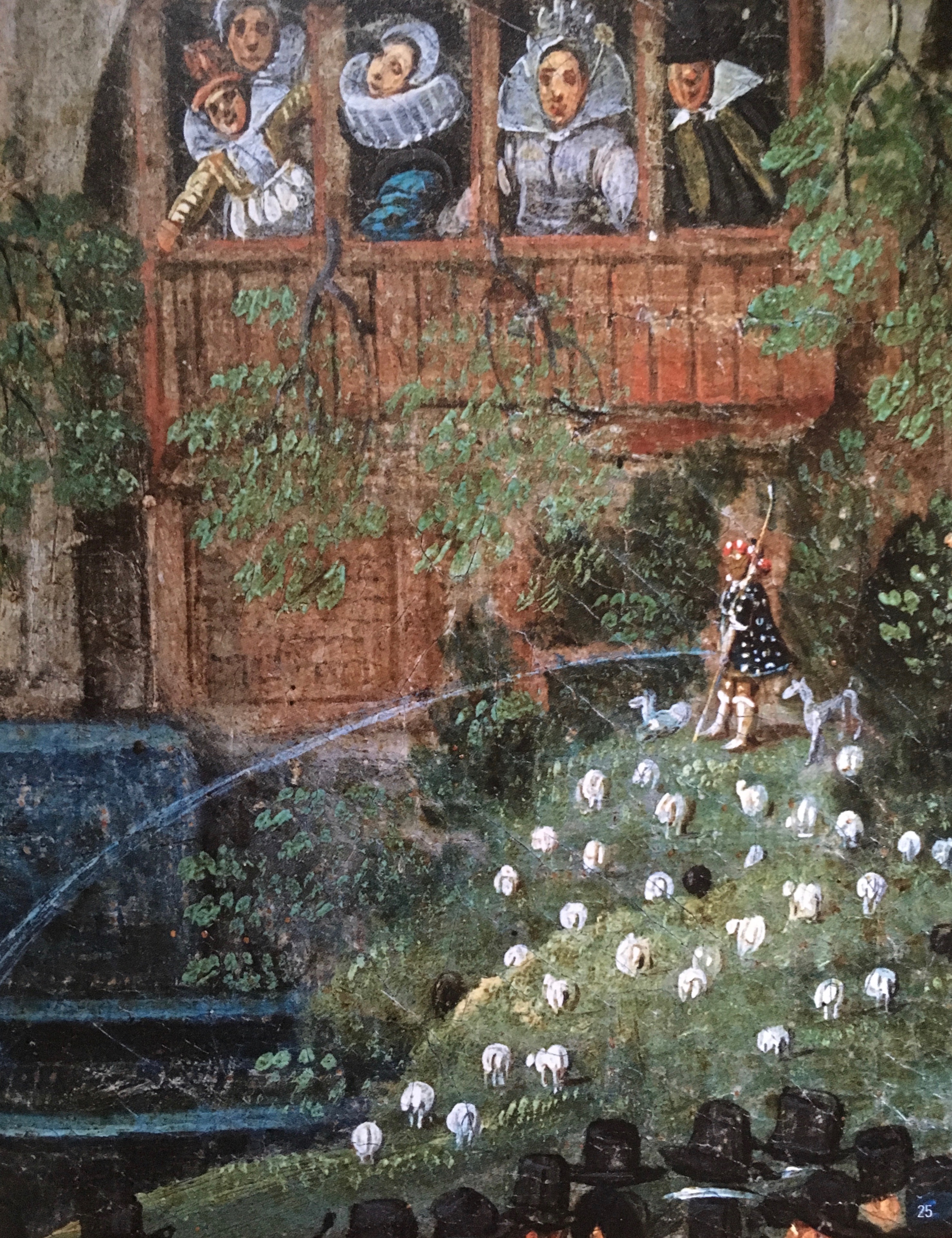
5. The tradition of dressing the Manneken Pis began in early 17th century
The nobleman’s costume offered by King Louis XV was certainly not the very first costume worn by the Manneken Pis. Although there are no traces left of the statue’s earliest robes, records suggest that dressing the statue has been going on since the 17th century.
The oldest proof is a painting made by Denis van Alsloot in 1616. The work shows the statue wearing shepherd’s clothes during the Ommegang Procession in Brussels. Clothing the Manneken Pis stemmed from the tradition of dressing religious statues during church festivities.
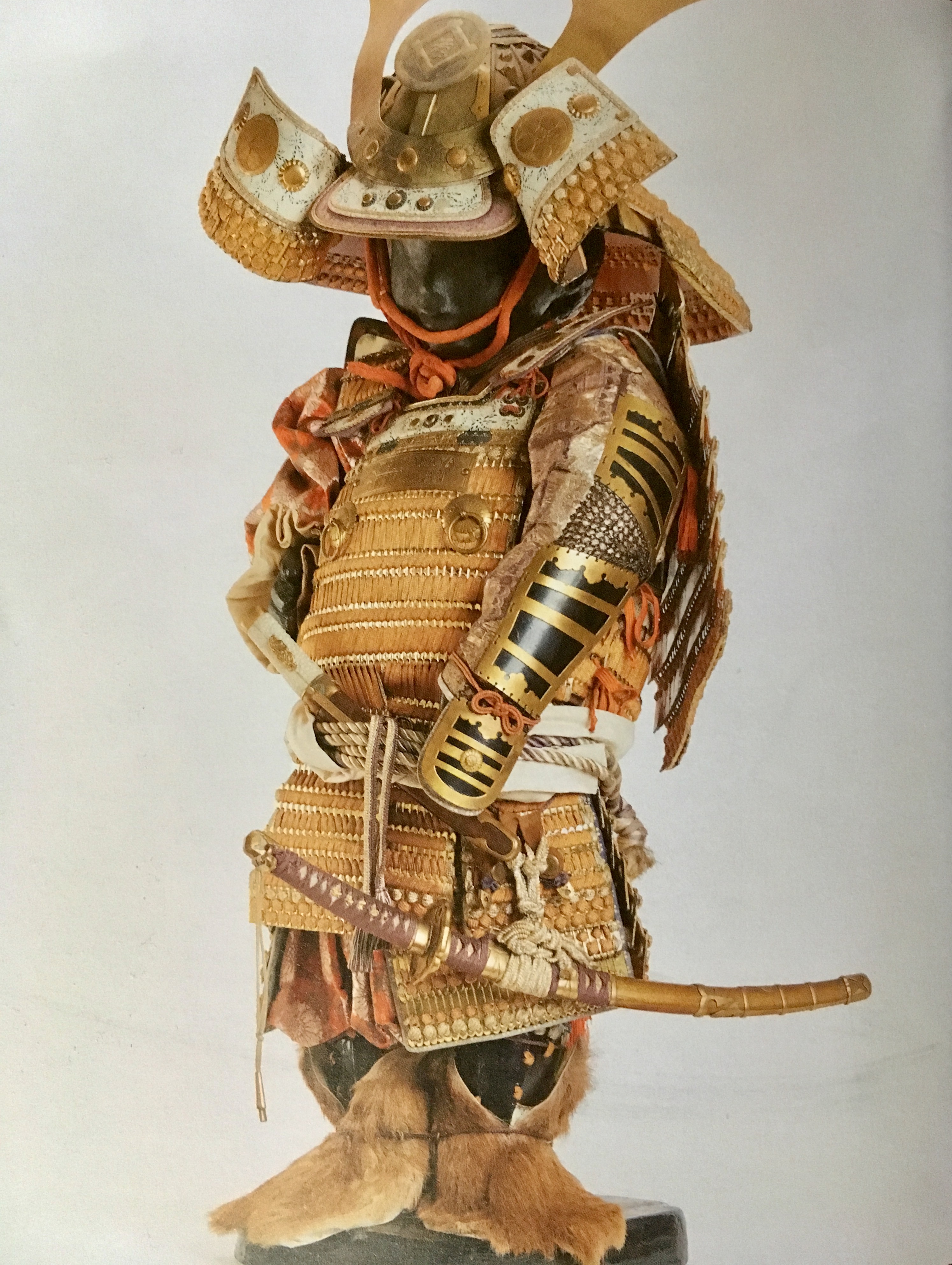
6. Japan was the first non-European country to donate a costume to the Manneken Pis
In 1935, Japan gave the statue a Daimyo costume to mark the visit of the Belgian Ambassador to the Emperor of Japan. Next to Belgium and France, Japan has donated more Manneken Pis costumes than any other country.
The diplomatic practice of offering a costume to the Manneken Pis emerged in the 17th century when Brussels was under foreign rule. It became a customary gesture for foreign governors assigned to the city. “It was a way of saying, I may be a foreigner but I respect your tradition,” explains Pluvinage.
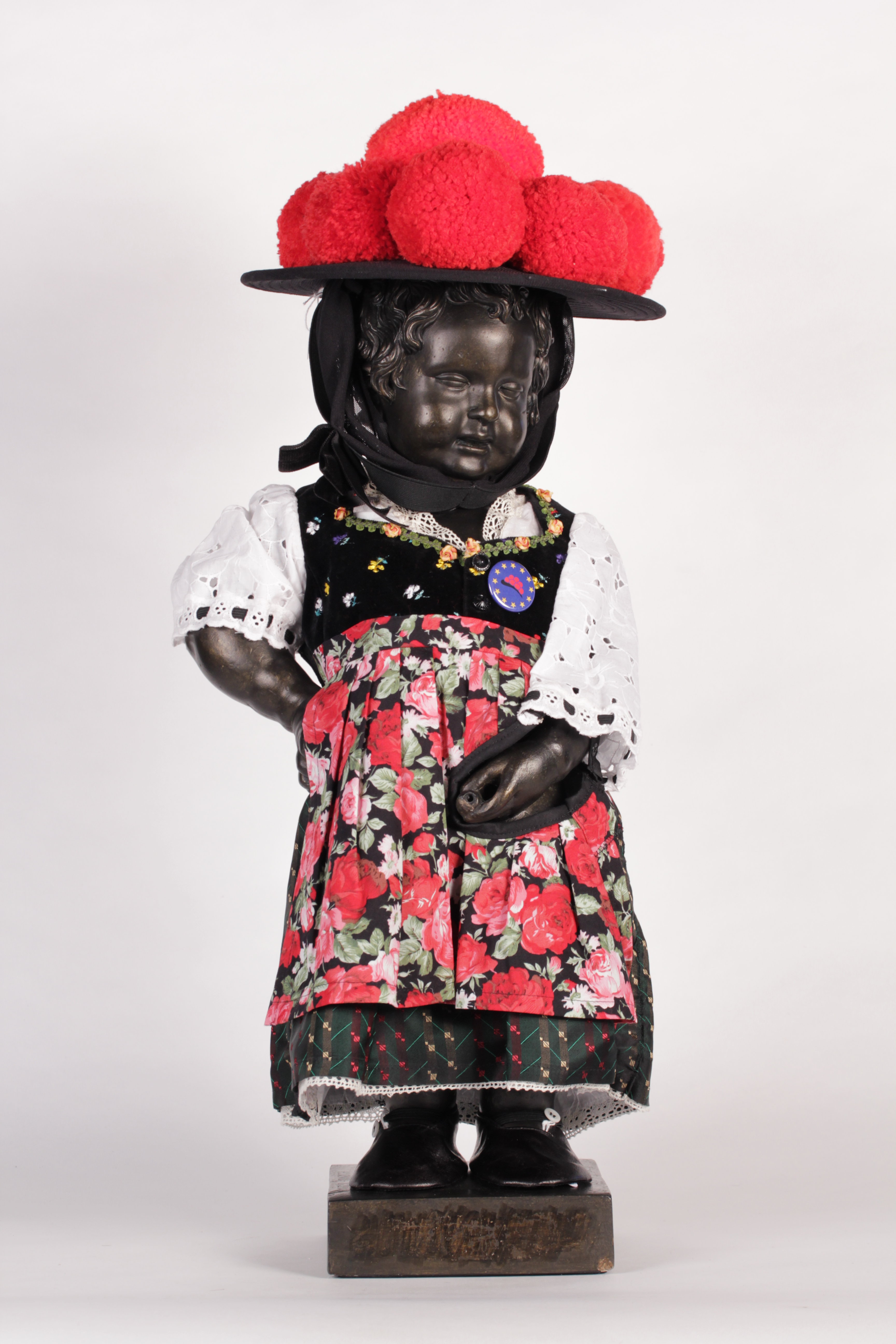
7. 2018 marks first time that the Manneken Pis was publicly dressed as a girl
Last June 16, the Manneken Pis wore a traditional Bollenmädel costume that came from Hamburg, Germany. It was the first time in history that the public statue was allowed to put on a girly attire.
The Bollenmädel costume is one of only two feminine outfits in the wardrobe archive of the Manneken Pis. The other one is a dress donated by Viennese ballerinas in 1953, but it was never worn by the public statue on Rue de l’Étuve.
“The official rule is that we are not allowed to dress him as a girl,” says Pluvinage who is also a member of the consultative commission which approves or rejects costume donations to the Manneken Pis. “But the costume was offered by a gay association in Hamburg. The commission gave its approval because it defends gay rights. It also shows an evolution in the mentality of people in Brussels.”
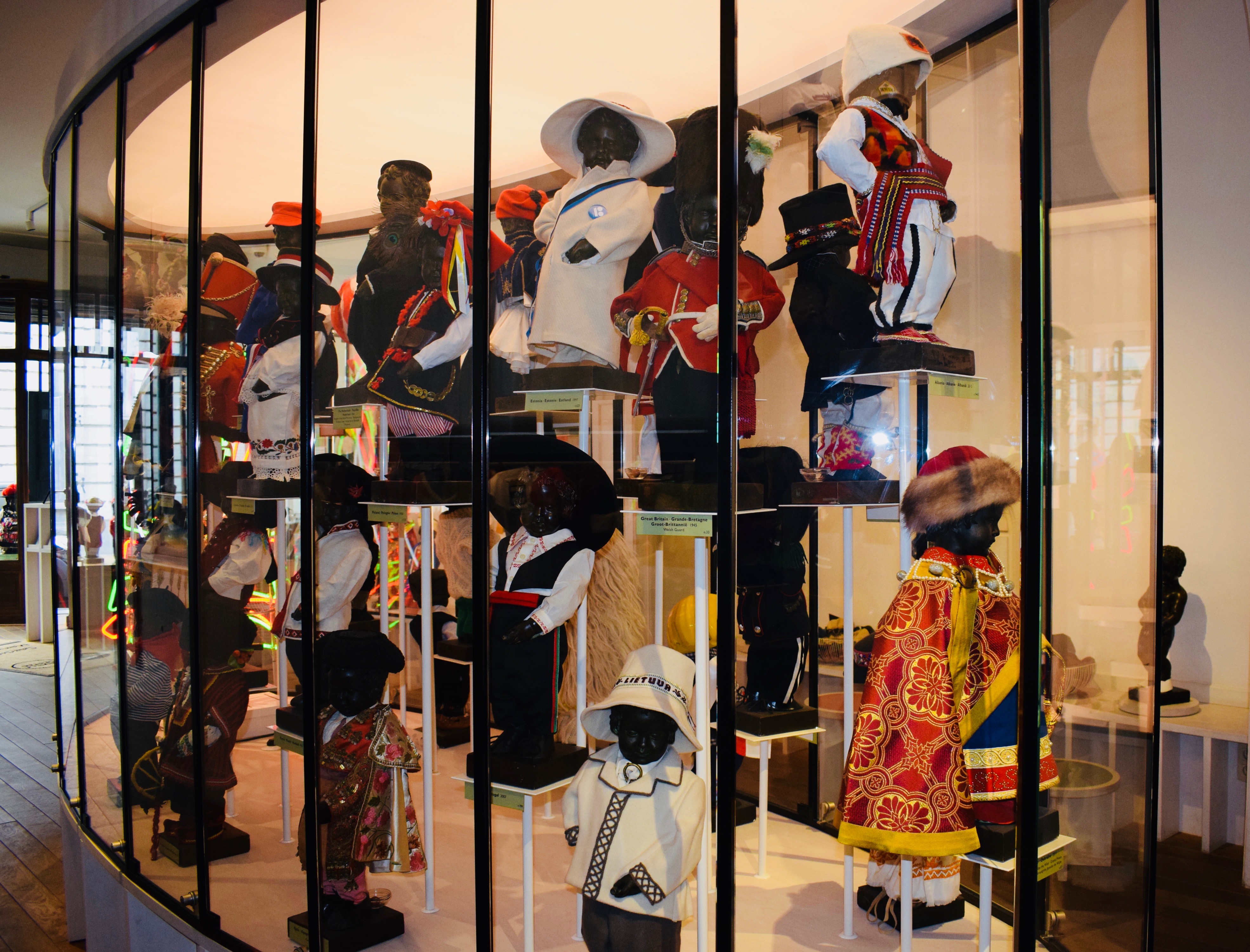
8. The Manneken Pis is the only statue in the world with a wardrobe museum and an official dresser
The centuries-old wardrobe collection of the Manneken Pis now counts more than one thousand pieces. Most of the costumes are stored in the Brussels City Museum while about 150 are displayed in the GardeRobe MannekenPis gallery which opened in 2017.
Only a government-appointed civil servant can dress the Manneken Pis as confirmed by an act passed in 1755. From then to present, the statue has had 13 official dressers.
9. Brussels’ current top authority on the Manneken Pis is not Belgian, he’s French
Yes, the guy we’ve been quoting in this article is French. At present, Gonzague Pluvinage is Brussels City’s official expert when it comes to all things Manneken Pis. As curator of the statue’s wardrobe collection, Pluvinage is also involved in studying, documenting, and relating the story of Brussels’ most celebrated sculpture.
“The Manneken Pis is way of discovering the history of the city, the mentality of the people, how the statue evolved as a symbol for the community, and the interesting phenomenon surrounding it,” says Pluvinage.
The funny thing is Pluvinage sometimes finds himself having to remind Belgians of the real history behind the Manneken Pis since some of them remember only the legends. Do they listen to him? “I hope so,” says the historian, “I don’t tell them I’m French.”
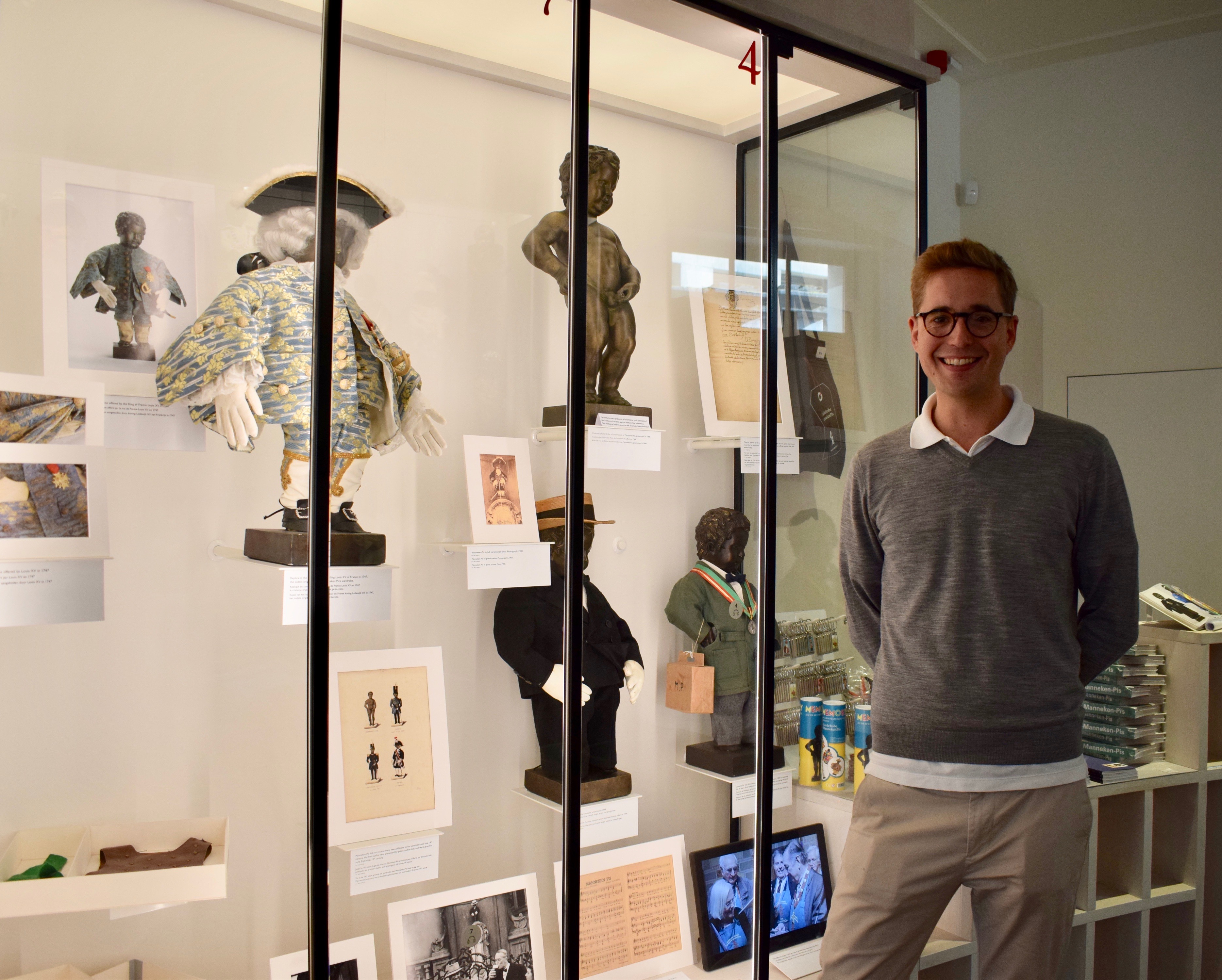
As for our opening question, the Manneken Pis can only stop peeing on some days during the winter season. City authorities shut down the water source to prevent damages that may be caused by extremely low water temperatures. But aside from that, the official dresser also turns off the fountain every time he suits up the Manneken Pis. He wouldn’t want the Manneken Pis to pee on him now, would he?



